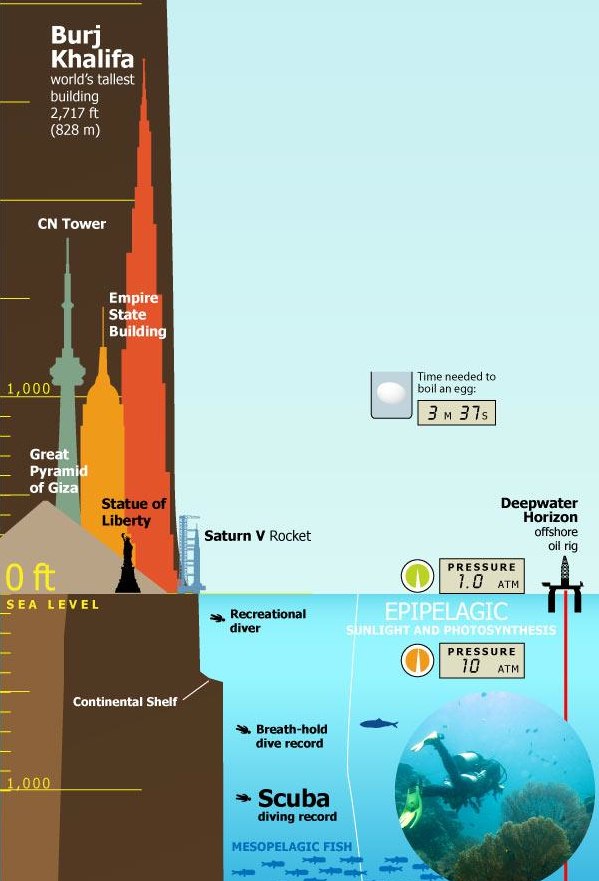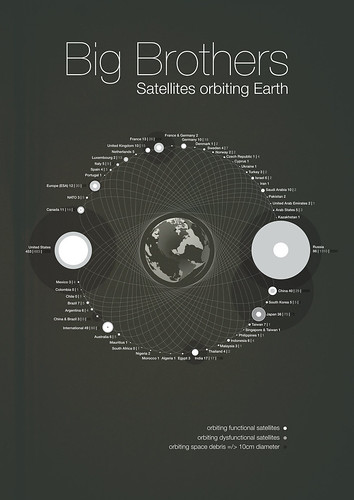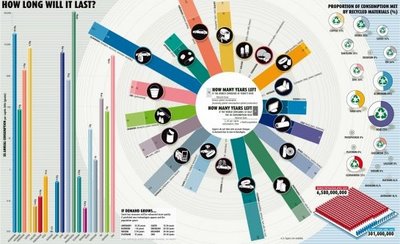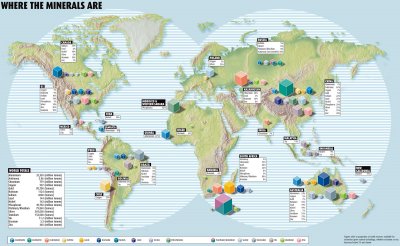Our Amazing Planet: Top to Bottom infographic
Designed by Karl Tate, Our Amazing Planet: Top to Bottom is a cool infographic that looks at the scale of things from the upper atmosphere to the deepest ocean depths.
The infographic is HUGE (14,677 pixels tall), and that keeps it accurate to the scale. It’s unreadable when the entire infographic is viewed on the screen, and that adds to the readers grasp of how big this scale really is.
It’s also timely with recent events, showing the depth of the Deepwater Horizon oil rig spill, and drilling depth. You can view the entire image on OurAmazingPlanet.com.









 Randy
Randy














